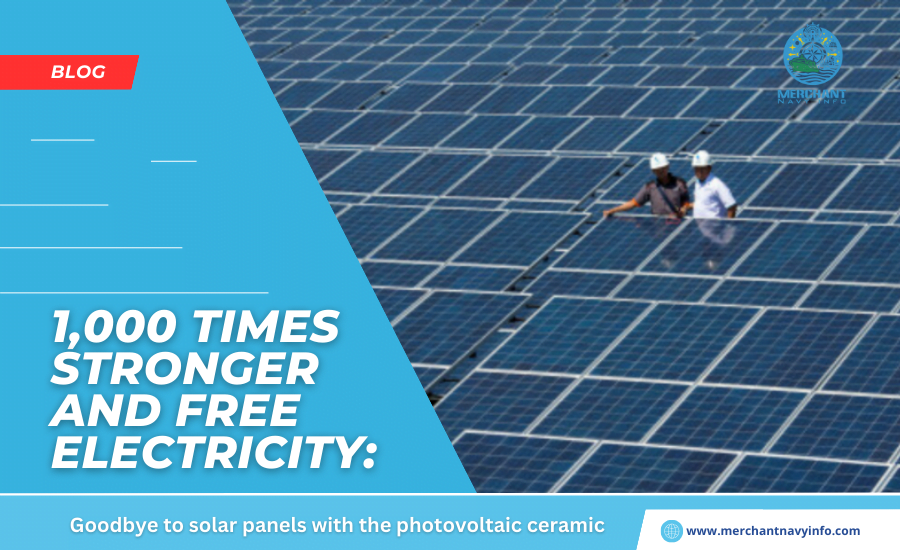
1,000 Times Stronger and Free Electricity: Goodbye to Solar Panels with the Photovoltaic Ceramic
Would it not be great if we could have free electricity. The use of renewable energies does not belong exclusively to companies or governments. What about self-consumption that you can also practice? This invention will provide you with almost free electricity, with the first photovoltaic ceramic that is 1000 times more powerful than solar panels and that will change our roofs.
No More Silicon in Solar Panels: The New Material Has Thousands of Years
For nearly forty years, solar photography technology has been dominated by silicon-based photovoltaic shading photocells. Nevertheless, although PV panels using traditional silicon are regarded as an excellent renewable resource, constraints of this technology have obstructed large-scale applications.
The rooftop installment can sometimes be challenging and expensive due to the need for a pre-building structure. The manufacturing of silicone cells requires a very intensive energy supply and high temperatures. Resource limits exist on getting this silicon chipped in a low-mix state.
As a result, these disadvantages have ignited research encompassing unexplored avenues of solar technologies that can optimize efficiency, reliability, flexibility, and well-established manufacturing methods. An engineering group at ETH Zürich has developed a ceramic photovoltaic.
1000 Times More Powerful and Solar Panels and Unprecedented Free Electricity
Scientists at ETH Zurich have designed a new ceramic material that can absorb sun rays. Convert them into caustic storage up to a thousand times more productively than regular solar plates with the same principles.
This achievement, combined with the developed 3D printing technique of this ceramic, has the potential to change everything about solar energy. The photovoltaic novel ceramic is decorated with a perovskite structure, a metal-organic framework that is skeletonized and built of various columns as a two-dimensional lattice.
Thanks to the electrically charged pair of moieties generated by light in this material. Water molecules split into their component bits of oxygen and hydrogen. Free hydrogen molecules can be subjected to clasping within the storage container at room temperature and later used as storage and distribution agents.
This ceramic is unique in that it is usable only for power generation but casts chemical energy. This is naturally much better for solar to replace fossil fuels. In fact, it has the same physical composition as conventional ceramics. Yes, the ones we have been using for several millennia.
Can Ceramics Transform Light into Free Electricity? Here’s How It Works
The ceramic produced by ETH Zurich, whose nanostructure is deeply clever and useful, efficiently converts sunlight energy into electricity. The ceramic material includes two materials: one that absorbs sunlight and the other that conducts current.
The light-absorbing material consists of aluminum oxide and perovskite nanoparticles that play a role in the interface. Perovskites are applauded for their fast light-harvesting properties, and their use is quickly becoming a common technique in solar cells.
Nevertheless, they are gainful under bipolar temperature, humidity, and mechanical forces. The ceramics bind the perovskites by enveloping the nanoparticles inside their inert aluminum oxide matrix.
By sun rays, excited elementary particles of nanoparticles gain energy; thus, electrons move into the upper level. These excited electrons will then be inserted into the aluminum oxide crystals that work to carry the electrons to the ceramic surface and then the electrical current.
This photovoltaic ceramic is an example of how the industry is innovating solutions increasingly aimed at self-consumption. So are the Tesla roofs and the mini wind turbines you have seen in previous articles. However, this new invention is another step towards the future of solar panels. These are increasingly flexible and adapted to homes. The reason is that people like you can save on electricity and move towards the long-awaited net zero.









